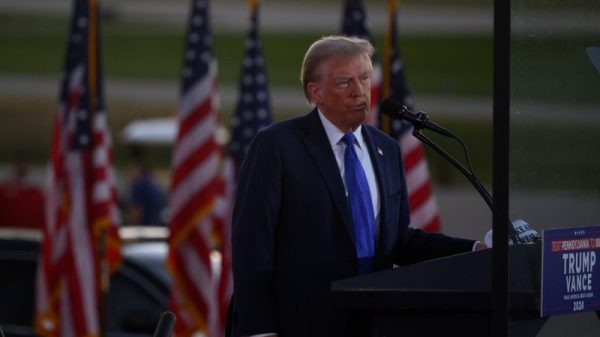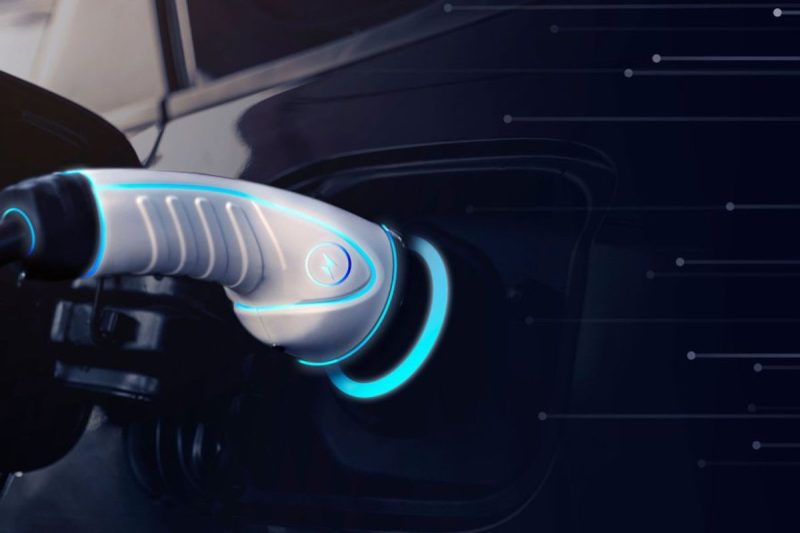Graphite is a critical raw material in electric vehicle (EV) batteries, and as EVs gain a stronger foothold in the global auto market, demand for the battery metal is projected to surge.
Built into the anode, graphite is one of the most important elements in any EV battery, with each one containing between 50 and 100 kilograms of the material. While both synthetic and natural graphite are used in battery anode applications, synthetic dominates the market. However, in recent years, end users outside of China have begun to prefer mixing more natural graphite with synthetic in their chemistries in an effort to lower emissions and meet tighter ESG standards.
According to Benchmark Minerals Intelligence, “Synthetic graphite anode production can be over four times more carbon intensive than natural graphite anode production, due to its use of energy and fossil fuels as a feedstock.”
How did graphite perform in 2023?
This past year has added yet another chapter to the tale of two graphites. A number of factors that began brewing in 2022 converged on each other in 2023 to bring about lower prices for both synthetic and natural graphite.
When it comes to EVs, all roads lead to China, which is the world’s number one producer and consumer of graphite by a margin that’s nearly as wide as the country’s Yarlung Zangbo Grand Canyon. In 2022, China produced 850,000 metric tons (MT) of the commodity, accounting for an impressive 65 percent of the world’s mine supply. The Asian nation also controls as much as 80 percent of the world’s synthetic graphite production.
Rising synthetic graphite costs and growing demand for EVs led Chinese synthetic graphite producers to ramp up their output capacity in 2022. According to Fastmarkets, “graphitization capacity in China more than doubled to more than 2.3 million tonnes in December 2022 from 1 million tonnes in March 2022.’ By May 2023, this increased capacity had lowered the cost of production for synthetic graphite by 60 percent off its 2022 peak.
Unfortunately, EV sales growth in China and abroad began to lose momentum in early 2023 alongside a global economic slowdown, resulting in less downstream demand, a growing inventory surplus and lower prices for synthetic graphite. Adding to the overhang was reduced demand for graphite electrodes in electric-arc furnaces from China’s steel sector.
Falling prices and rising supply of synthetic material has also pushed down prices for natural graphite anode material, in turn erasing its price competitiveness over synthetic. Whereas natural graphite was half the price of synthetic graphite in mid-2022, by April 2023 that gap had significantly narrowed to a mere 5 percent.
According to Fastmarkets battery materials research analysts Georgi Georgiev, “The combination of graphitization overcapacity, declining coke prices and weaker-than-expected demand from the EV sector has led prices for synthetic active anode material (AAM) to decrease significantly, with the price differential between synthetic and natural-based AAM narrowing to previously unseen levels.”
What is the graphite supply and demand forecast for 2024?
Moving into 2024, China will continue to play a large role in shaping supply-side factors, although new Africa-based graphite mines are expected to bring fresh supply to the market.
Chinese producers are expected to keep ramping up battery anode material capacity, with an increased focus on synthetic graphite. “China invested heavily in new capacity following supply chain bottlenecks in 2022, and we expect the impact of this to continue to be felt in 2024,” explained James Willoughby, senior analyst at Wood Mackenzie.
As for spherical graphite, Willoughby said that several new producers in China are on track to begin processing in 2024. Outside of China, a number of other companies are also gearing up for production. “However, funding has been challenging in recent months and so some of these may be delayed into 2025,” he added.
Backeberg sees prices for synthetic graphite continuing to put downward pressure on spherical graphite prices (natural graphite anode material), further eroding spherical graphite premiums.
On the demand side, both Willoughby and Backeberg said their firms see continued strong growth for both natural and synthetic graphite from the EV market compared to a more modest outlook for traditional graphite applications in the steel industry, such as graphite electrodes, refractories and castings.
Synthetic graphite demand is expected to continue to outpace natural graphite demand in the year ahead. “The market for synthetic graphite has historically been much larger than natural graphite due to the significant graphite electrode sector, which does not use any natural graphite,” said Willoughby. “This will continue to be the case in 2024, with synthetic graphite consumption at 3.04 (million MT) and natural graphite at 1.68 (million MT).”
Backeberg sees a boost in demand for synthetic graphite coming from the Chinese government’s recent “Work Plan for Steady Growth of the Iron and Steel Industry,” which promotes the expansion of steel production with electric-arc furnaces under the latest capacity replacement policy. Additionally, he sees opportunity in the battery sector as anode material producers are also increasing capacity for integrated production of synthetic graphite.
When it comes to natural graphite demand, strong growth is expected from outside of China in 2024, especially as other players in the market seek to establish ex-China graphite supply chains. “Ex-China anode manufacturers are still keen on natural graphite due to its lower carbon emissions, and will be looking to tie up agreements in order to diversify their supply chains away from China, particularly given the recent announcement of export licenses,” said Willoughby.
In October 2023, China announced new export restrictions on certain graphite products. These took effect on December 1, 2023, and require Chinese exporters to apply for special permits to ship the material to global markets.
“The graphite controls are not specifically targeted at either bloc but are instead country-agnostic, meaning they could impact any of the country’s top customers, such as Japan, the United States, India, and South Korea,” according to the Center for Strategic and International Studies.
What other graphite market trends should investors watch out for in 2024?
A major graphite sector trend for investors to watch is how other nations and graphite end users react to China’s new export restrictions. “During 2023, we have already seen graphite companies securing funding from US and EU government initiatives to develop their mine projects and battery-grade anode material plants to develop supply chains outside China,” explained Backeberg. He believes this activity is likely to continue in 2024.
The announcement has already prompted anode producers in Japan and South Korea, which are highly dependent on Chinese graphite imports, to consider stockpiling the material in the short term to meet customer demand while they wait for export license approvals. “Therefore, in 2024, end users will try to diversify their supply chains where possible, and if reliant on Chinese material will stockpile and try to secure graphite supply agreements,” said Backeberg. “However, it is not something that will affect the graphite supply chain in the short term in 2024.”
As North American and European governments move more aggressively toward decarbonization, investors can expect to see increased ally-shoring efforts to establish ex-China graphite supply chains for EV batteries in 2024 and beyond.
Willoughby said investors may want to look out for more updates on the EU’s Critical Raw Materials Act; project funding news from the Canadian Critical Minerals Infrastructure Fund; and further clarifications on the US Inflation Reduction Act’s ‘foreign entity of concern’ clause. However, on this last point, he underscored that Wood Mackenzie is “watching the upcoming election in the US with interest as this could flip the narrative in the country, depending on the outcome.”
When it comes to advancements in battery anode chemistries, Willoughby expects to see a ramp up in production capacity for silicon-carbon (Si/C) composites in China for 2024. “The addition of these Si/C materials will increase battery range and increase charging speeds, appealing to a wider audience, especially in the west, where range anxiety can be a barrier to electric vehicle ownership.” While Si/C anodes do use less graphite, it’s still an early stage technology and is not expected to detract from the significant growth in graphite demand that is on the horizon in 2024.
Securities Disclosure: I, Melissa Pistilli, hold no direct investment interest in any company mentioned in this article.





























